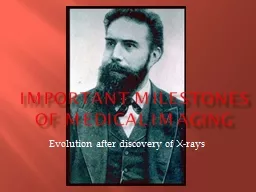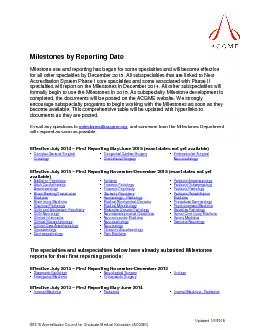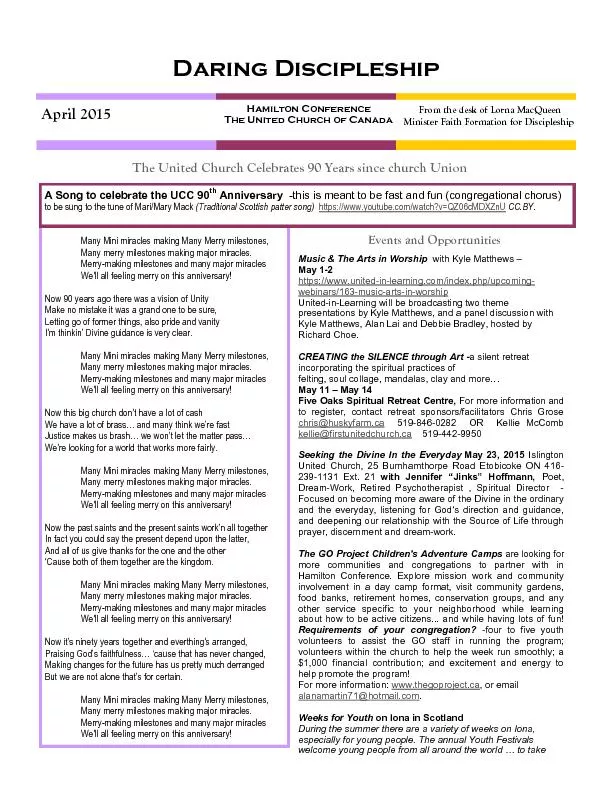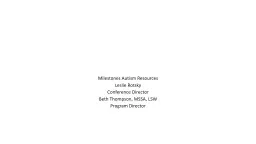PPT-Important milestones
Author : stefany-barnette | Published Date : 2016-06-26
of medical imaging Evolution after discovery of Xrays Xrays discovered by German physicist Wilhelm Conrad Roentgen He also produced the first xray picture
Presentation Embed Code
Download Presentation
Download Presentation The PPT/PDF document "Important milestones" is the property of its rightful owner. Permission is granted to download and print the materials on this website for personal, non-commercial use only, and to display it on your personal computer provided you do not modify the materials and that you retain all copyright notices contained in the materials. By downloading content from our website, you accept the terms of this agreement.
Important milestones: Transcript
Download Rules Of Document
"Important milestones"The content belongs to its owner. You may download and print it for personal use, without modification, and keep all copyright notices. By downloading, you agree to these terms.
Related Documents














